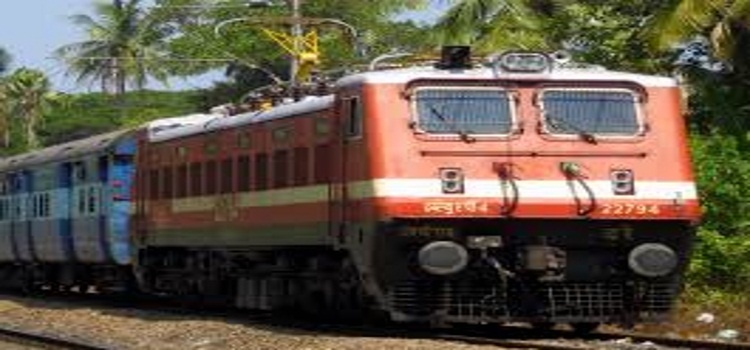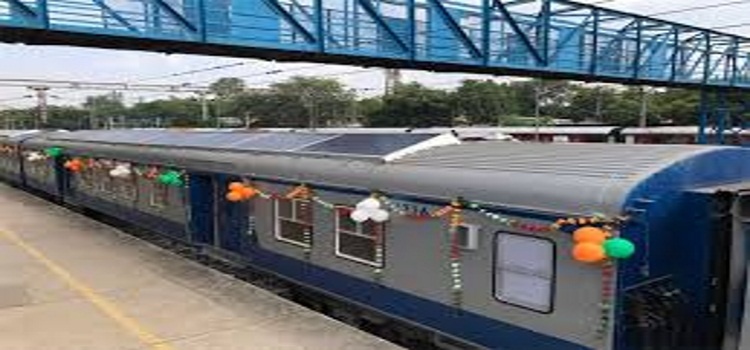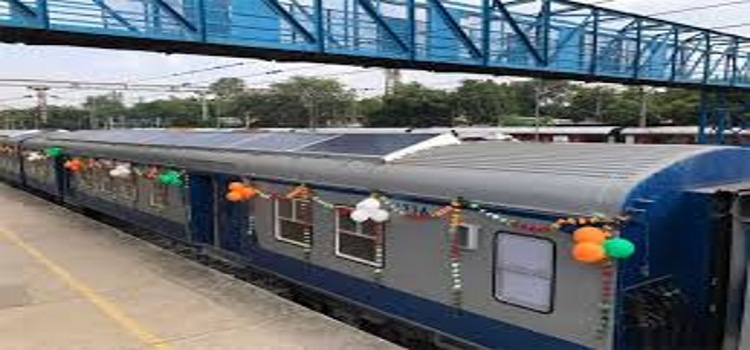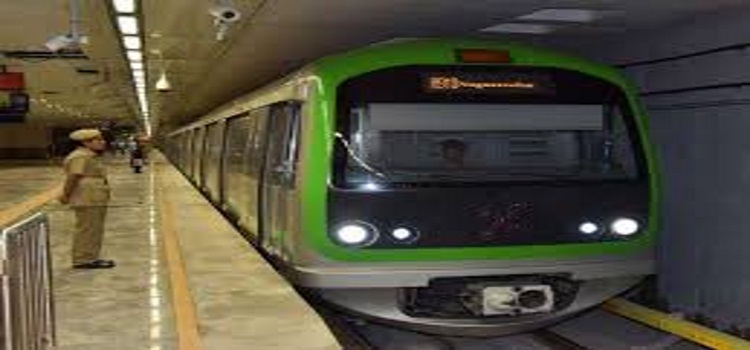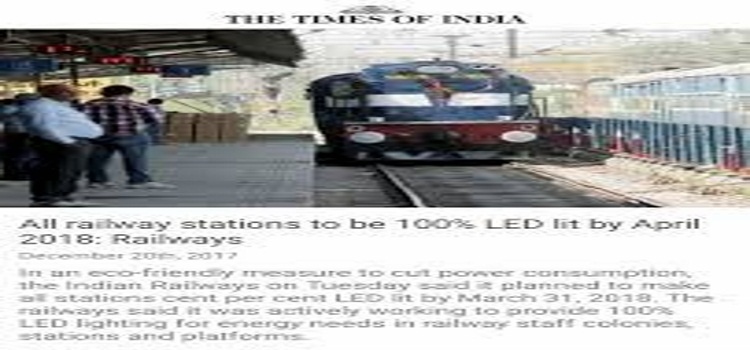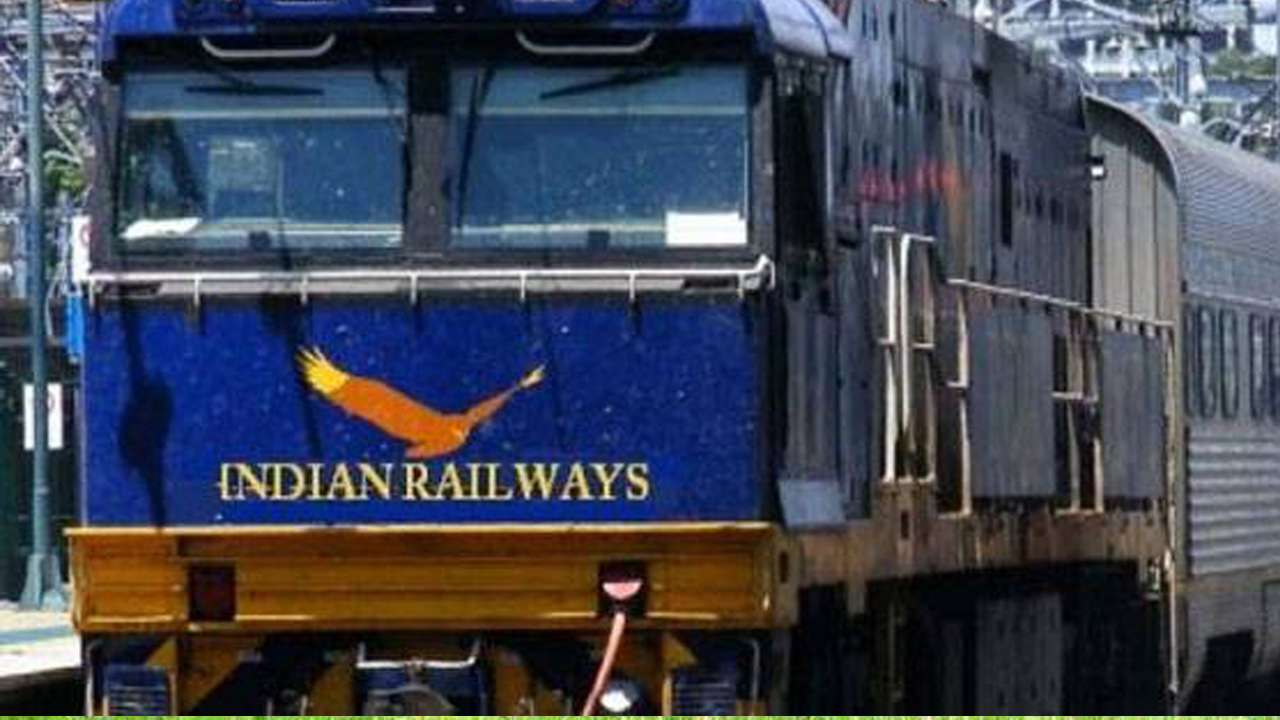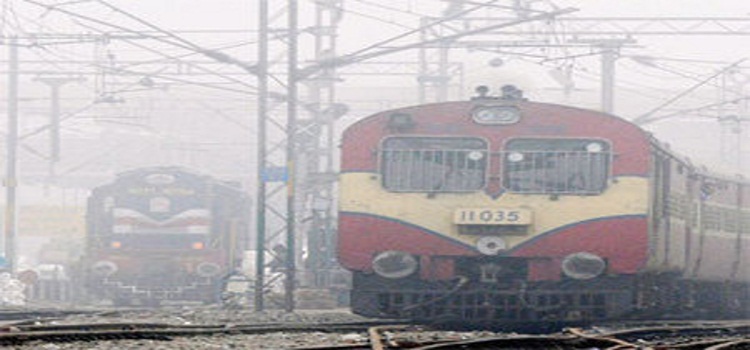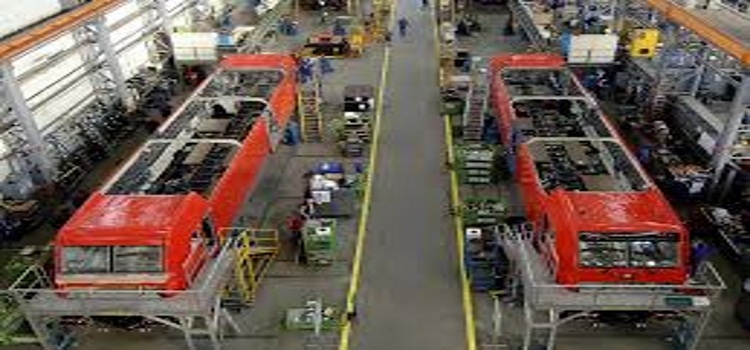
The Indian Railways have identified 983 Railway stations for installation of Close Circuit Television (CCTV) cameras under the Nirbhaya Fund. As per reports, works to the tune of Rs 413.36 crore have been approved under Integrated Security System to strengthen surveillance mechanism at 202 Railway stations over Indian Railways. The sanction of Rs 500 crore has also been received for installation of Close Circuit Television (CCTV) cameras at identified railway stations under ‘Nirbhaya Fund’.
A mobilization advance of Rs 50 Crore has been given to RailTel for carrying out the work of provision of CCTV surveillance system at 983 Railway stations. A total of about 394 railway stations have already been provided with CCTV cameras over Indian Railways. Minister of State for Railways Rajen Gohain on Wednesday informed that the Suburban Railway Stations have also been identified for installation of CCTV cameras under Nirbhaya Fund. “ISS includes closed circuit television (CCTV) cameras, access control, personal and baggage screening system and bomb detection system,” the minister informed the House.
Gohain informed that contracts have already been awarded for execution of ISS works at 129 railway stations spread across 15 Zonal Railways. So far, 106 railway stations have been covered with CCTV surveillance system, and 139 baggage scanners, 32 under vehicle scanning system, 217 door frame metal detectors and more than one thousand hand-held metal detectors have been provided to Zonal Railways, the minister said. Besides ISS, CCTV surveillance system is available at 288 other railway stations.
A government release stated that the strengthening and upgradation of security infrastructure is an ongoing process. It further informed that the need-based allocation of the fund is being made for the creation of security-related assets and procurement of plant and equipment (vehicles, baggage scanners,) etc. under Works Programme and Machinery and Plant Programme (M&P) of Railways each year.

